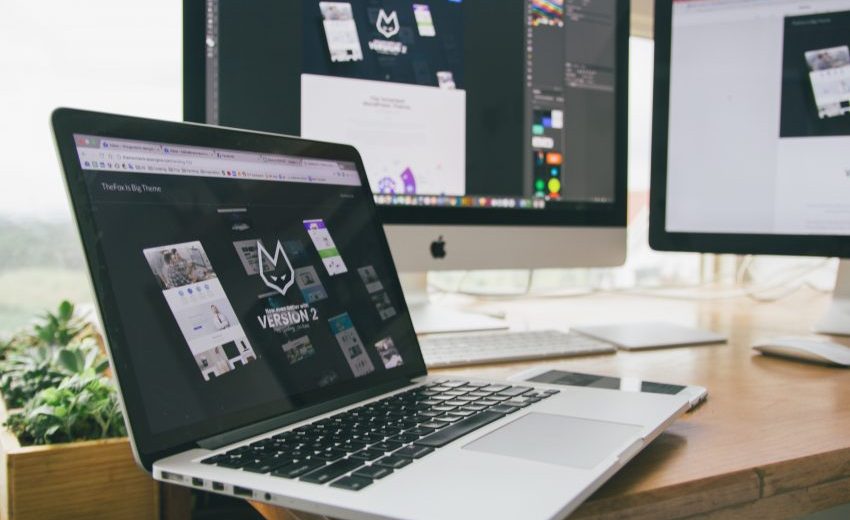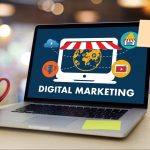Web designs range from simple ‘build your website templates to complicated controlled e-commerce web designs and buttons used by large firms, eBay and Amazon’s danertisco. Some companies, even huge ones, have amateurish websites. Some have beautiful websites, but they take a long time to load, are difficult to use, and don’t give users what they want.
Great web design
While many parts of website design vary from site to site, many commonalities exist. The navigation or menu sticks out. The way a website’s menus work and look is vital since, ultimately, visitors are seeking reasons to remain and interact or leave. Stickiness is the capacity of a website to keep visitors interested. More than anything else, visitors want “Ease of Use”. Website usability is important for visitors to stay, ask inquiries, and eventually buy.
Web design for users
Internet customers prefer user-friendly websites because they don’t want to learn how to utilize a new website every time. They should be able to use the website after a few seconds of reading the home page. Fast user engagement is critical to a website’s success, as is a fast-loading webpage. People don’t want to wait even with faster internet, like broadband.
Imagine going to a shop on the main street and being ignored for 5 minutes even after explaining your situation. As you can see, poor website design, usability, and speed are all associated with bad feelings among internet users. That the website is user-friendly, has a clear call to action, and has a clear, easy-to-use menu is crucial.
AJAX Web Design
Unique websites have been made using recent improvements in web design, such as Flash animation and high-definition video buttons. But this ‘high end’ online design comes at a cost, as web designs that primarily rely on Flash buttons generally load quite slowly. A progress bar on those lilacs shows when the website is finished loading.
It’s very similar to the progress bar you’re used to seeing in 3D rendering or video editing software or on a game console while the game is loading. People on the Internet don’t want to wait 3-5 minutes for a web page to load, and they need a speedy and informative butt-rich website. They watch TV for animation and video.
Web design in Flash
That doesn’t mean you shouldn’t employ Flash animation in web design, and it can make a website more visually appealing without affecting loading times if used sparingly. Flash animation can be used in web design to create Flash banner ads, Flash films, and Flash forms for online discussion or business presentations.
But using Flash for a complete website design is a bad idea. This slows down the user experience because some items must be loaded. Flash sites also tend to use unusual menu structures and features. The dynamic menus can be perplexing for visitors who merely want to browse the website. Just because you can accomplish it in Flash doesn’t mean it’ll work in the real world. Even though they are attractive, they are worthless if they do not function.
Stunning web design
Putting the proper website elements in the right places takes a lot of work and money, and a Website usage study costs businesses a lot of money. This form of study demonstrates how users engage with and use your website. Most Internet users scan a page from left to right, whether on a computer, phone, or television.
I’d think they’re looking for the firm name or logo, the major sales promotion or tagline, and the website’s menu options. Then your gaze will likely go across the page and to the right. A successful web design takes this into account and eventually affects the website’s appearance.
This rule has well-known exceptions, such as prominent search engines with distinctive web designs. Your site design’s main emphasis and essential functionality are in the page’s centre. But this isn’t just any website with dozens or even hundreds of product and service pages to display. In web design, a short minimal menu runs from left to right. They incorporated some studies on internet users’ habits.





